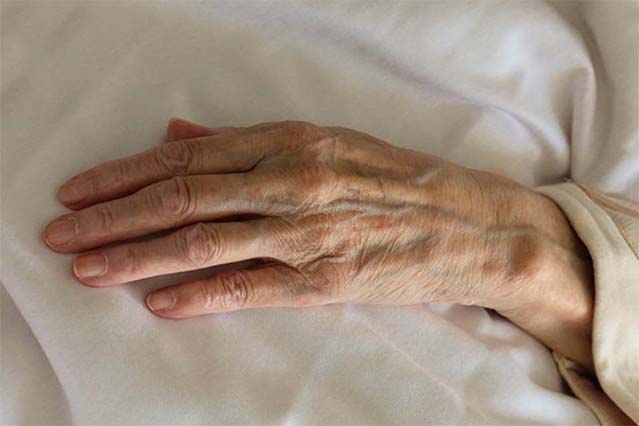
Understanding Medicare: Part B Givebacks
Part B giveback, Part B reduction, Part B rebate, Part B benefit, Part B Part B Part B! You’ve heard it before, but what does it mean? Obviously, Part B is in reference to Medicare Part B, but what are these add-on terms?
What Is a Part B Giveback?
For the benefit of the laypeople stumbling onto this article, Medicare is the United States’ federal health insurance program that provides coverage for citizens over the age of 65 and younger individuals with specific conditions and disabilities. Medicare is divided into four parts—Part A, Part B, Part C, and Part D—each covering different aspects of health care.
Original Medicare, or “standard issue Medicare,” includes Part A and Part B.
-
Part A helps cover hospital stays, skilled nursing facility care, hospice care, and some home health care.
-
Part B covers outpatient care like doctor’s visits, lab work, preventive services, medical equipment, and ambulance services.
Part C, also known as Medicare Advantage, is an alternative to Original Medicare. It’s offered through private insurance companies approved by the government and includes all the benefits of Parts A and B. Many Medicare Advantage plans also include additional benefits not offered by Original Medicare, and they may even bundle prescription drug coverage (Part D) as well. For those who prefer a more streamlined experience with fewer separate bills or cards to manage, Part C can be an appealing option.
Finally, Part D is stand-alone prescription drug coverage. If you’re enrolled in Original Medicare (A and B), you’ll typically need to sign up for Part D separately if you want help covering the cost of your medications.
For our purposes, we’ll be focusing specifically on Part B— coverage for doctor’s visits, labs, medical equipment (wheelchairs, orthotics, braces, walkers, etc.), and ambulance rides. Even though the program is government-provided, the extra costs of Part B medical insurance, especially in unusual or extenuating circumstances, can be quite high. In these cases, it can be extremely helpful to receive a Part B giveback.
Basically, a giveback is another way of saying ‘premium reduction.’ Clients who’d like to reduce their Part B monthly premium, or bill, can elect to get a Medicare Advantage (Part C) plan that slashes that bill total by over $100 a month. Not all Medicare Advantage plans offer givebacks like these, so it’s important to remain educated on all the benefits that come with signing up for each specific plan.
How Does It Work?
As explained by The Brokerage Resource, there are two main ways that a Part B giveback works to help the client. That help is dependent on whether or not the client is currently on Social Security.
If the client is currently receiving Social Security benefits, the Part B premium is subtracted from the giveback total before any money arrives in their bank account— so, it’s automatically taken out of what the government gives. Another way it could work is that the giveback will add money to the Social Security check the client receives each month. Either way, the result is that they’ll end up with more money in their bank accounts! To illustrate the point, imagine that a client’s monthly Social Security check totals $1400. If that client signs up for a Medicare Advantage plan with a $100 giveback, the total amount on their Social Security check will change to $1500.
If the client is NOT currently receiving Social Security benefits and is paying their Medicare Part B premium directly, then their giveback will be factored into that premium and the total will be recalculated. For instance, if the client’s Part B premium is usually $150 and then they sign up for a Medicare Advantage plan with a $40 Part B giveback, then the bill that they receive from then on will be $110, not $150.
Eligibility
A client is not eligible for additional help with their Part B premium if they are enrolled in a Medicare Savings Plan or if they receive Medicaid benefits.
Agents
We hope that this information on Part B givebacks is useful to you.
Empower Brokerage is dedicated to helping you make informed decisions about your health and finances. Whether it’s through webinar training, one-on-one calls, seminars, or marketing plans, we want you to be successful!
Give us a call at 888-539-1633 or leave a comment below if you have any questions.
Quick links:
